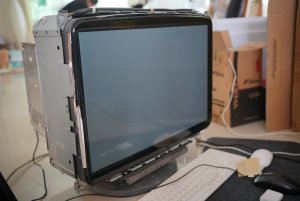Enhanced Interrogator
[H]ard|Gawd
- Joined
- Mar 23, 2013
- Messages
- 1,429
Why is it so difficult in finding a converter that supports a high a pixel clock? Is it something with the physical chip design? Is it internal programming? I mentioned this problem the community is having finding high pixel clock converters to an electrical engineering student friend. If I can get details to what goes into a converter chip, he might be able to look into it for his graduation project.
You could show him this to get started:
![[H]ard|Forum](/styles/hardforum/xenforo/logo_dark.png)
